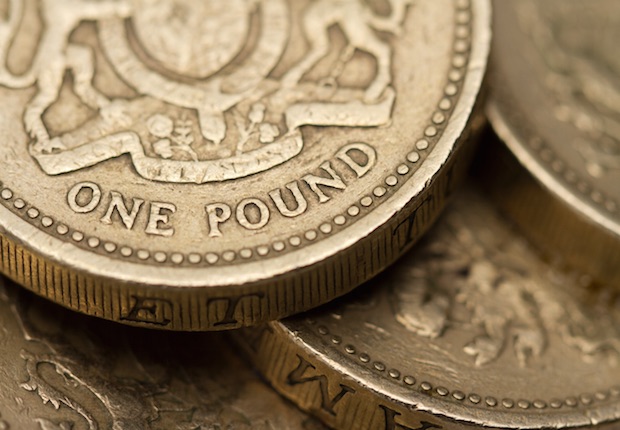
FTSE 100 organisations paid £13.3 billion into defined benefit (DB) pension schemes in 2015, compared to £12.5 billion in 2014, according to research by Lane Clark and Peacock (LCP).
The annual Accounting for pensions report, which is based on analysis of data publicly disclosed by FTSE 100 organisations, also found that FTSE 100 organisations paid a total of £6 billion into defined contribution (DC) pension schemes in 2015. This compares to £5.3 billion in 2014.
The combined pension deficit of 56 FTSE 100 organisations reached £42.3 billion at the end of 2015.
As of 31 July 2016, the combined FTSE 100 accounting deficit in respect of UK pension liabilities was estimated at £46 billion, compared to £25 billion a year earlier.
LCP estimates that FTSE 100 pension deficits totalled £63 billion as of 9 August, following the Bank of England’s move on 4 August to cut interest rates from 0.5% to 0.25% and expand its quantitative easing programme.
Bob Scott, senior partner at LCP, said: “The collapse of BHS and the potential sale of Tate Steel UK, both with underfunded pension schemes, have highlighted the significance of pension liabilities and the impact that a large defined benefit scheme can have on a UK [organisation]. [Organisations] with large deficits may see pressure from the Pensions Regulator on their dividend policy in light of the Select Committee’s report into BHS.
“The increasing cost of DB pension provision has meant that more contributions went towards additional pension accrual than in any year since 2009. This is despite the significant number of DB scheme closures and a material reduction in the number of employees accruing DB pensions.
“Not only is this a drag on [organisation] performance and the wider UK economy, but the relatively small contributions going into DC may be storing up problems for the beneficiaries of those schemes when they come to retire.”